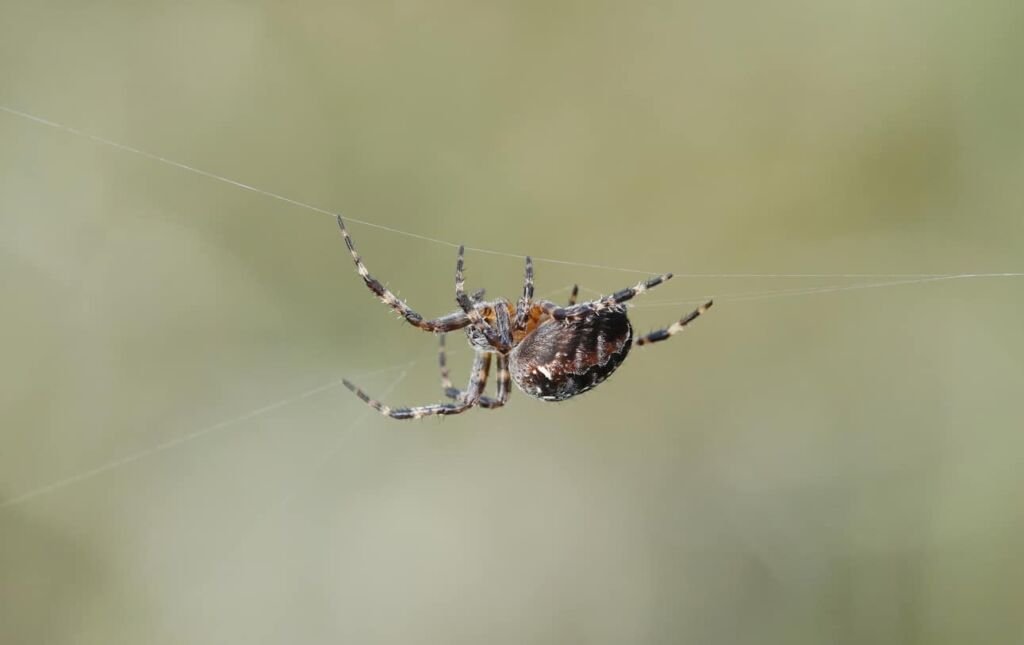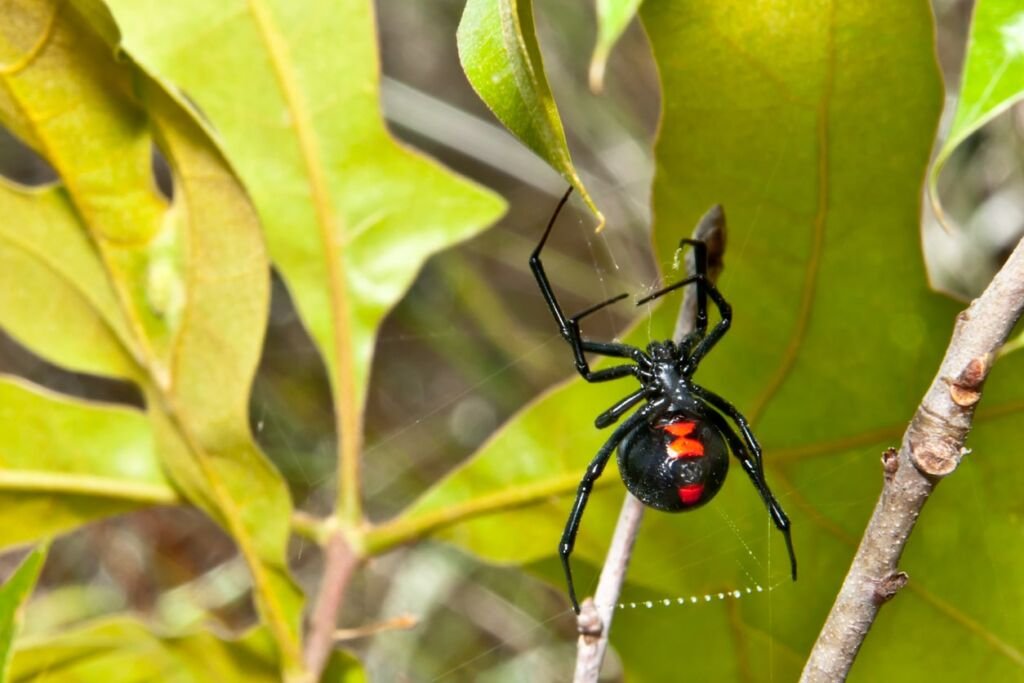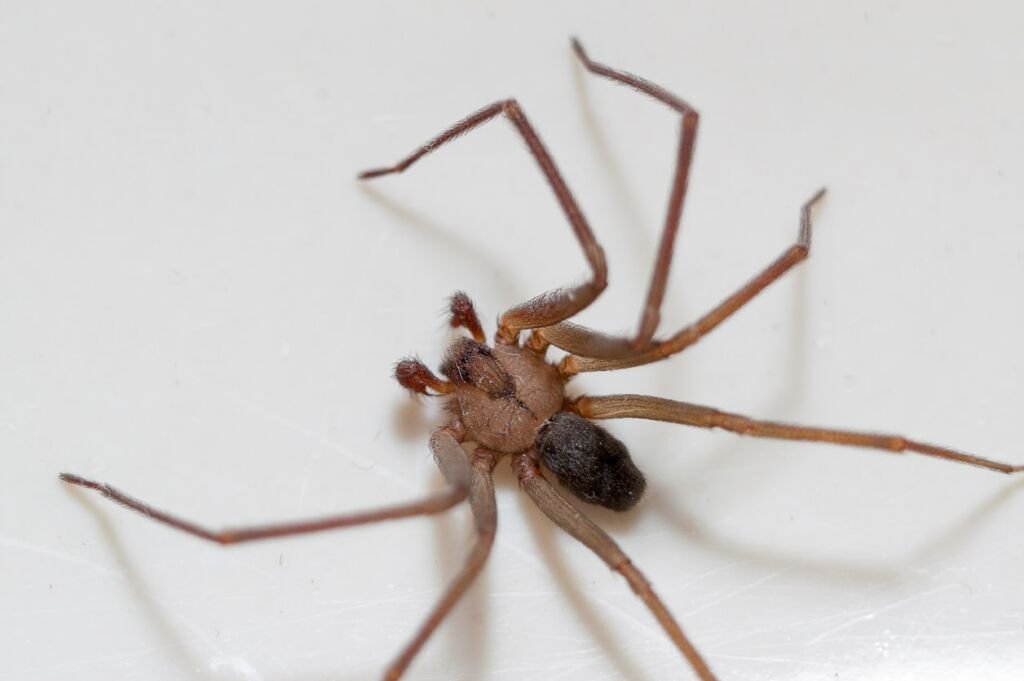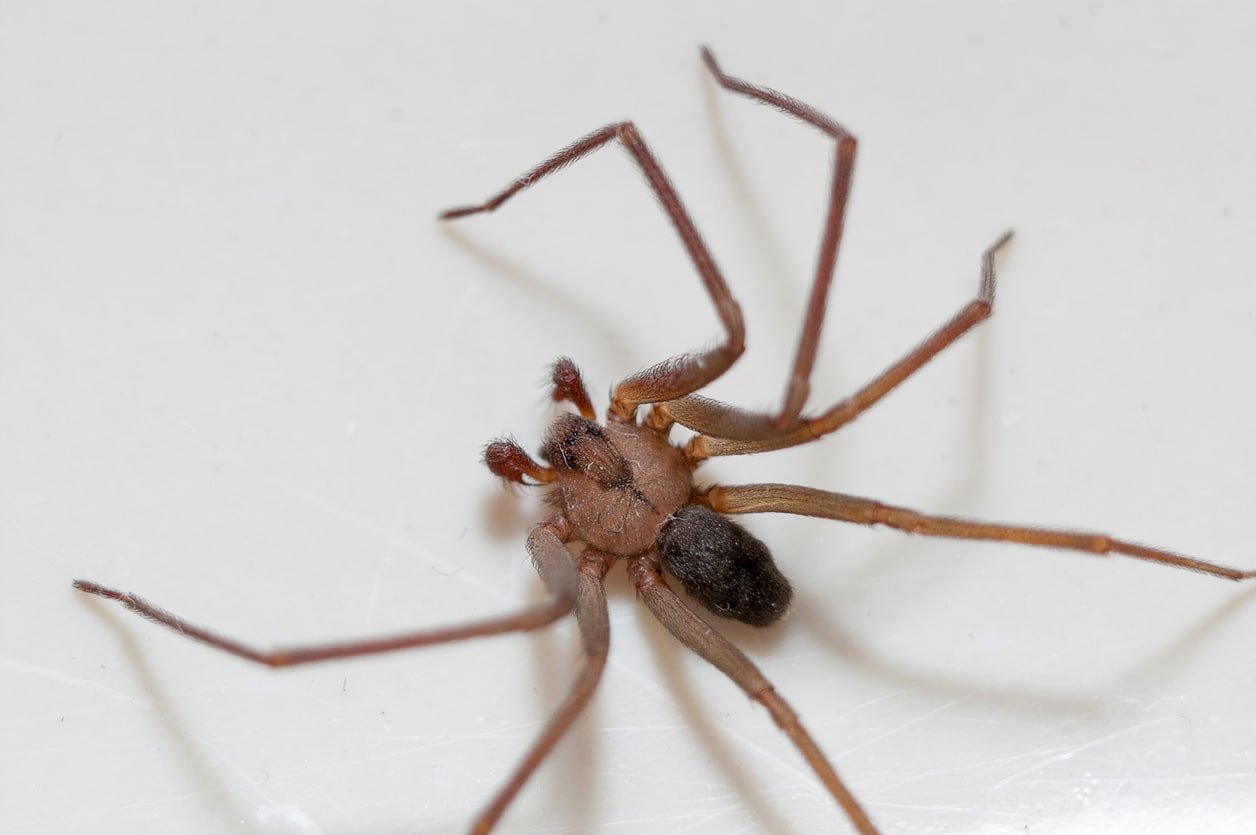Common & Dangerous Spiders In France That You Could Meet On Vacation!
|
Prefer listening over reading? We got you covered!
Getting your Trinity Audio player ready...
|
France is one of the top tourist destinations in the world and no wonder. Whether you’re traveling to Paris to see the Eiffel Tower or to the south of France to experience the vineyards and rural French lifestyle, it’s a trip of a lifetime.
Any vacation to an unknown location means you should be aware of any potential issues or dangers so that you’re prepared and don’t ruin your vacation. Spiders are a common problem and a big fear for some people, so understanding if France has spiders and how dangerous they are is important.
Even if you’re not particularly afraid of spiders, it’s still a good idea to review and make sure you know what to look out for and how likely you are to find any.
Here we review everything you need to know about spiders in France, and whether you need to be concerned.

What Common Spiders Live in France?
It’s important to note that spiders don’t care about borders, and France is connected to a number of other countries by a land border that spiders won’t be stopping at. So the same spiders are all common within Western Europe or may cross from one country to another.
There are many species of spider in France and almost all are harmless. However two are dangerous to humans, the Brown Recluse, and the Black Widow. The largest spider in Europe, the Tarantula Wolf Spider, can also be found in southern France.
We explain all those spiders in France right here, explain where they’re found, what happens if you’re bitten, and what they look like.
1. Garden Spider
The European Garden Spider is found mainly in Southern France. It is part of the orb-weaver grouping of spiders, so the webs they create are more of an orb which they live in, rather than a flat surface, as is most familiar with spider webs.
These spiders range in color from light yellow to very dark, and the females, as with most spiders, are larger, growing to around 20mm. You’ll mostly find them in sunny, dry areas and usually grassy or bushy areas.
These spiders do not pose a threat to humans and are not aggressive. But if you disturb them or try to handle them, you may be bitten. However, there is no significant danger if you are bitten.

2. Jumping Spider
Jumping Spiders are common in Southern France, and you will most likely find them in gardens or even inside your home.
While it may seem a little scary to find a spider jumping around and doing it so quickly, there is nothing to be afraid of as this spider is not aggressive and poses no harm to humans.
These spiders range in size from 1mm to 25mm, they can vary in color, but a common Jumping Spider in France may have orange markings on it.
They’re a great species to have in your home as they assist in keeping insects out.

Are There Venomous Spiders In France?
There are two venomous and dangerous spiders that live in France which you need to be aware of. These are probably the two most common dangerous spiders around the world.
1. Black Widow Spider
The extremely venomous European Black Widow Spider can be found in the south of France. They don’t often come inside homes, and you’ll mostly find them around grassy or bushy areas.
Also, they like hot, dry areas such as sand dunes, under rocks and logs, and even abandoned rodent holes.
They generally live quite low to the ground, so you shouldn’t walk into a Black Widow web with your face.
Black widow females are much more dangerous than the males. Females can be identified by a black body with a red or sometimes orange marking on their abdomen. However, getting close enough to see the color or the markings would not be advised. Female black widows are around 1.5 inches long, with the males being half the size.
Black widows are not aggressive towards humans and will only bite when disturbed. This is often when humans put their hands or other parts of their body against a Black Widow who bites in defense. So putting your hands into bushes or other places you can’t see well is not advised.
The bite of a black widow spider, while extremely venomous, will not often kill a full-grown adult that has no underlying health issues.
However, symptoms include nausea, vomiting, sweating, extreme pain in your abdomen and back. You may even have hypertension or paralysis of the diaphragm, which can lead to breathing issues.
If you’re experiencing severe pain from a black widow bite, this can last up to 12 hours, and other symptoms can last many days. A trip to the doctor or ER is extremely important if you’re bitten, even though the bite shouldn’t be fatal.
The elderly, young, and sick must also get immediate medical attention as they are most at risk from complications of the spider bite.

2. Brown Recluse Spider
The Brown Recluse is not as common in France as the Black Widow. However, it has been recorded as biting people in the Southern and Eastern regions of France.
It’s much more likely to be in urban areas than the black widow, so this includes playgrounds and even your home, where it will hide anywhere dark and warm.
There have been multiple reports of the Brown Recluse biting people that have been putting their clothes on.
So the Brown Recluse does like to hide in your clothes, so shaking them out before putting them on would be a good idea. You can also ensure you put all of your clothes away, though that doesn’t guarantee the spider won’t get into them.
The Brown Recluse is not an aggressive spider and will only bite when it is disturbed or under attack. This most often happens when people press themselves against the spider, so when you place your hand where a spider is and bump it, or when you put clothes on that contain the spider.
Brown Recluse Spider bites are much more dangerous than Black Widows and the symptoms are more severe. You can get the standard redness and swelling where the bite is, along with pain that can last up to 12 hours.
However, the venom is necrotizing, which means it’s flesh-eating and can lead to open sores forming on your body which can grow and scar if left untreated.
If bitten by a Brown Recluse, you should seek immediate medical attention, no matter who you are.

Are There Any Giant Spiders In France?
You won’t find any gigantic spiders in France, though in Southern France, you will find some larger spiders that could cause you some concern.
However, they’re just large and not dangerous in most cases, so your best course of action is to leave them alone.
Tarantula Wolf Spider
In Southern France, you will find the Tarantula Wolf Spider, which sounds fairly aggressive; however, this species will not bite humans unless you keep provoking it.
In most situations, if you come across it, the spider will try to run away. It’s only when you try to handle it or continue to bother it that you’ll be bitten. The bite and toxicity are similar to a bee sting, so it’s of little concern to humans.
Tarantula Wolf Spiders can have a body length of around 30mm or 1.18 inches, which doesn’t include their leg span, which makes them much larger.
These spiders are nocturnal and don’t spin webs; they live in burrows in the ground.
These spiders are also considered the largest spiders in the whole of Europe.
Will You Find Spiders In The Tourist Hotspots of France?
Within France, you’ll find most spiders in the Southern areas, which is a favorite location for travelers to visit. So many vineyards or smaller rural towns will have spiders that you need to be aware of.
In the larger cities such as Paris and the colder Northern parts of France, you won’t find anything in the way of dangerous spiders and may not even see a single spider on your trip.
How Do You Treat A Spider Bite?
If you suspect you’ve been bitten by a Brown Recluse or Black Widow spider, you should seek immediate medical attention.
It’s unlikely that other spiders will cause any significant symptoms, although we always recommend seeing a doctor if you’re bitten by any spider.
Symptoms of a spider bite can include:
- Redness and swelling around the bite mark.
- Abdominal cramps.
- Nausea and vomiting.
- Tremors, shakes, and profuse sweating.
- Pain for up to 12 hours. This is a significant concern if pain increases or lasts longer.
- A red mark that continues to increase in size is a concern.
Treatment for a spider bite may include:
- Wash the area with soap and water, don’t use any harsh chemicals.
- Apply an antibiotic ointment if available.
- Apply a cold compress if there is swelling
- Elevate any limbs if they were bitten.
- Take an OTC pain medication.
- Take an OTC antihistamine if you have itching or swelling in the area.
- Symptoms that get worse, especially after 8-12 hours, will require medical treatment.
Our Final Thoughts
France is not known for spiders, though it does have two spiders that you need to be aware of in Southern France, the Black Widow Spider and the Brown Recluse Spider.
Warm and more rural areas will be the most likely place to find spiders, especially in vineyards or where humans are not very active.
If you’ve traveling in larger cities such as Paris, it’s unlikely you’ll see more than a daddy longlegs hiding in a corner somewhere. So you will be perfectly safe from spiders in more urban settings.








